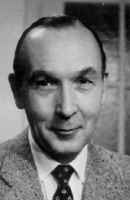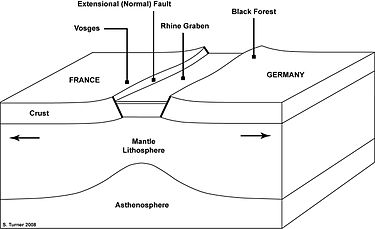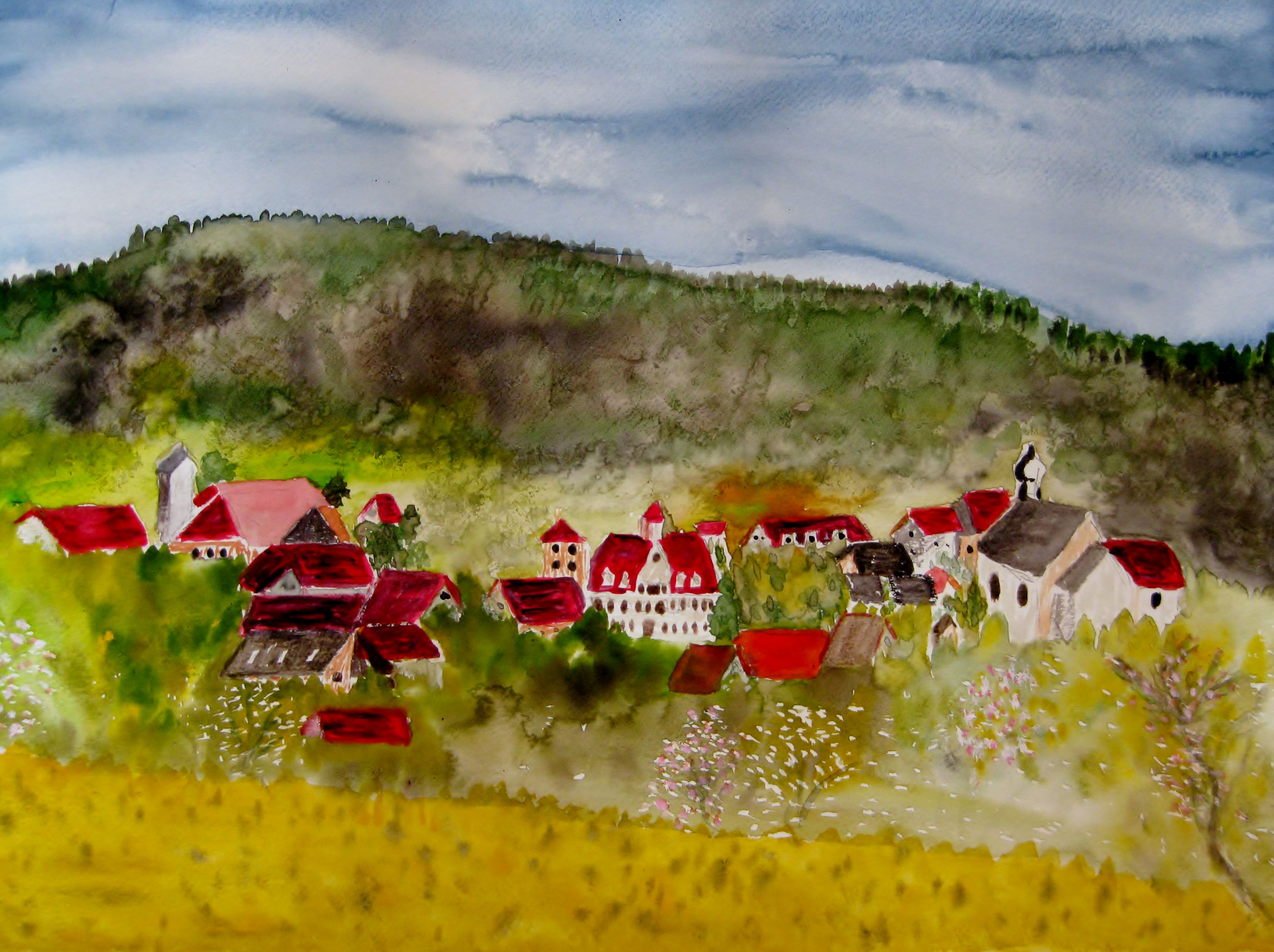- Details
- Last Updated on Wednesday, 15 July 2015 01:41
Biography 1968 - 1972
1968 - 1971:
Postdoctoral Studies at Institute of Mechanical Engineering, Technical University of Karlsruhe, Germany;
Investigations on an instrument for sedimentation analysis in the particle range above 60 µm;
 Prof. Dr.-Ing. Hans Rumpf (1911 - 1976) was a unique personality in the whole Europe: There was nobody more suitable for my scientific project - sedimentation of particles above the validity of the Stokes' law range characterizing the laminar flow. Prof. Rumpf had established the first European institute dealing with mechanicl processes in chemical industry, in German language, Institut für Mechanische Verfahrenstechnik. Under his guidance, I could study that type of sedimentation into a clean liquid and various hydrodynamic conditions with a hiigh speed Bolex camera (64 f/s, 16 mm film), and use own construction of the synchronized camera suspension according to the idea of Prof Dr.-Ing. Hans-Albert Einstein, ETH Zürich, son of Albert Einstein, 1904 - 1973. I published most of the results in my paper 1972a, Stratified sedimentation above the Stokes' range and its use for particle size analysis: in M. J. Groves & J. L. Wyatt-Sargent (editors), 2nd Particle Size Analysis Conference, University of Bradford (England), September 1970, paper 22, The Society of Analytical Chemistry, London, p. 255 - 266.
Prof. Dr.-Ing. Hans Rumpf (1911 - 1976) was a unique personality in the whole Europe: There was nobody more suitable for my scientific project - sedimentation of particles above the validity of the Stokes' law range characterizing the laminar flow. Prof. Rumpf had established the first European institute dealing with mechanicl processes in chemical industry, in German language, Institut für Mechanische Verfahrenstechnik. Under his guidance, I could study that type of sedimentation into a clean liquid and various hydrodynamic conditions with a hiigh speed Bolex camera (64 f/s, 16 mm film), and use own construction of the synchronized camera suspension according to the idea of Prof Dr.-Ing. Hans-Albert Einstein, ETH Zürich, son of Albert Einstein, 1904 - 1973. I published most of the results in my paper 1972a, Stratified sedimentation above the Stokes' range and its use for particle size analysis: in M. J. Groves & J. L. Wyatt-Sargent (editors), 2nd Particle Size Analysis Conference, University of Bradford (England), September 1970, paper 22, The Society of Analytical Chemistry, London, p. 255 - 266.
- Though a stratified sedimentation of sand-sized particles decreases their concentration rapidly, the on top maximum concentration must be reduced by the On Top suspension homogenization;
- I focused my experiments onto two types of the particle concentration effects: (a) suspension density streaming, (b) mutual influence of sedimenting particles. Study of both these effects showed, that the sand particle centers must be at least 3.4 mm from the centers of each other.
- This defines the maximum sample size W to be about 18000 particles for 20 cm sedimentation column diameter, quartz particle density, medium particle shape (SF = 0.65), distilled water at about 20°C and standard gravity acceleration. In grams the maximum sample-size is: W = 25 dc3, where dc is the critical particle diameter in millimeters equaling to the tenth percentile of a distribution;
- If the maximum sample size is maintained, then the particle settling velocities are not influenced by collective sedimentation (J. Brezina, 1971b, 1972a). These samples sediment as their individual particles would do;
- That small sample size sets the highest requirements for the Analyzer's Underwater Balance: sensitivity, S/N (signal to noise) ratio, and the weighing response speed.
 On Feb. 20, 1971, I moved with my
On Feb. 20, 1971, I moved with my 
Feb. 1971 - Feb. 1972:
Developing Thorium/Protactinium Dating Method at Geochronological Laboratory, Geological Institute, University of Heidelberg, Germany
Prof. Dr. German Müller, Head of the Laboratory for Sediment Research, University of Heidelberg, visited Prof. Dr.-Ing Hans Rumpf in Karlsruhe and asked him to pass the results of my Karlsruhe research, which was not possible without my cooperation. He offered for me a just opened position at Geochronological Laboratory University of Heidelberg, the head was Dr. Hans-Joachim Lippolt. Prof. Müller organized the 8th International Sedimentological Congress of IAS in his Heidelberg Laboratory Aug. 30 - Sep.4, 1971 and enabled me to assemble sedimentologists interested in settling tubes. After I built my settling tube in Prof. Müller's Laboratory, he allowed me to demonstrate my settling tube to the assembled sedimentologists. I did the work for Prof. Müller in my private time - however, my employer, Dr. Lippolt, later prohibited me any cooperation with Prof. Müller (I did not know that they attacked physically each other on a party). In my duty time, I had developed a quantitative determination and separation of thorium and protactinium concentrates by a combination of chemical and radiometric methods. During one year, I tested the method on a monazite concentrate from the classical locality in Southern Schwarzwald with assistance of Prof. Gerhard Rhein, Petrographer, University of Karlsruhe. Dr. Lippolt prohibited me a direct cooperation with Prof. Rhein. I disclosed, that the position in Dr. Lippolt's Lab was openbecause Dr. Lippolt's fiering from anybody interferred with scientific work in his Lab. This is why I did not extend my 1-year contract and many other employees of his Lab left him too in the same year. I prefered to work as independent enterpreneur even I had to start unemployed from scratch again.

